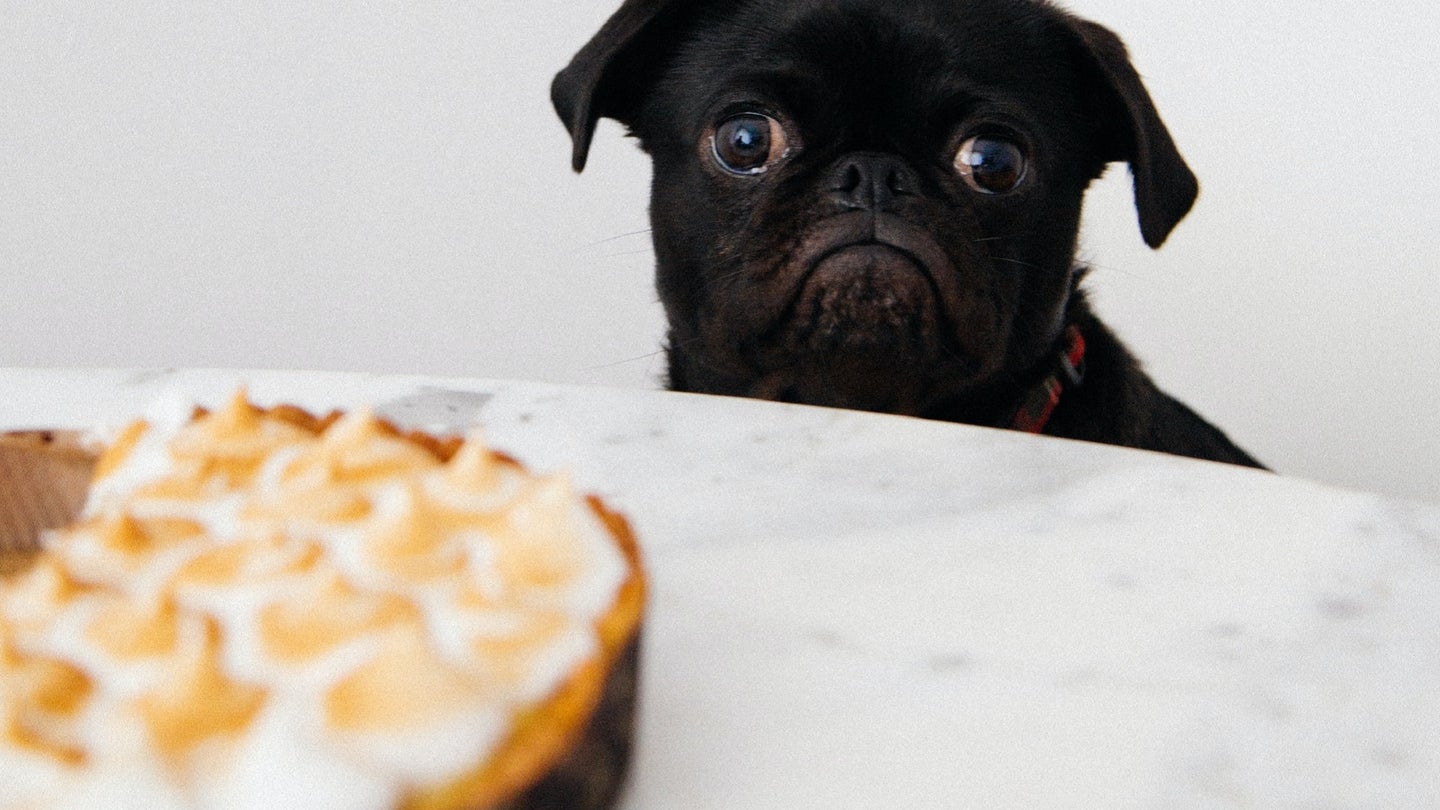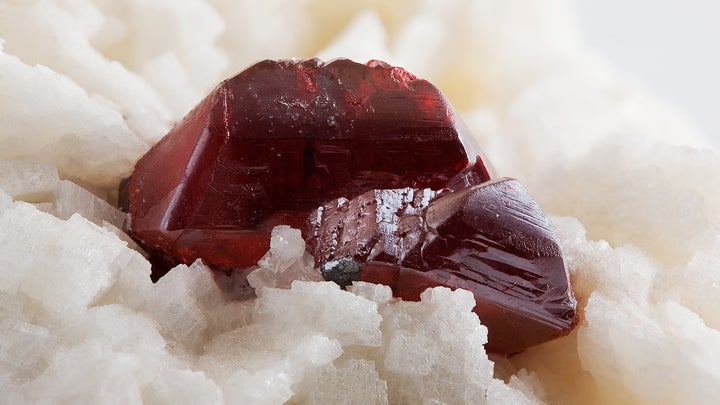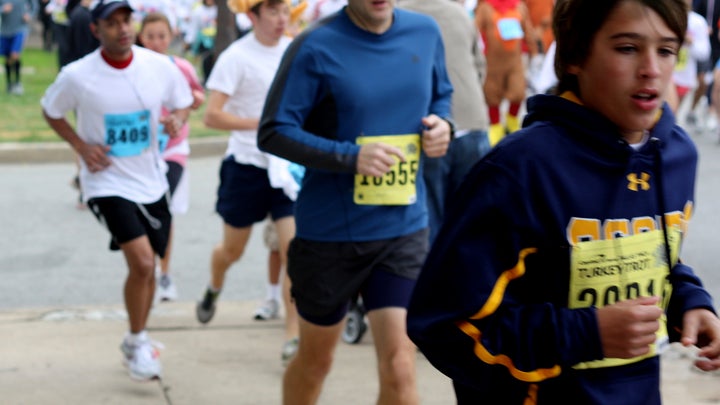
How to make Thanksgiving COVID-safe with boosters and rapid tests
COVID looks very different right now in different parts of the country.
- Science
- DIY
- Health
 While it’s nearly impossible to avoid all risks, there are things you can do to help ensure your level of risk aligns with your tolerance and level of comfort. HayDmitriy/Deposit Photos SHARE
While it’s nearly impossible to avoid all risks, there are things you can do to help ensure your level of risk aligns with your tolerance and level of comfort. HayDmitriy/Deposit Photos SHARE For many families, this will be the first Thanksgiving they’ve been able to celebrate together in two years. Booster shots and vaccines for kids five and older mean that many of the most vulnerable relatives are better protected. But COVID is still circulating, and you might be wondering what you need to do to make sure your family is safe while getting together.
var siteRootDomainParts = window.location.host.split("."); var siteRootDomain = window.location.host; if ( siteRootDomainParts.length >= 2 ) { siteRootDomain = siteRootDomainParts[siteRootDomainParts.length - 2] + "." + siteRootDomainParts[siteRootDomainParts.length - 1]; } cnxps.cmd.push(function () { cnxps({ playerId: "d0aa10a3-c0c5-48e8-865e-f5d73ae74404", customParam1: window.empire.apps.ads.targeting.pageId + "", customParam2: window.empire.apps.ads.targeting.section + "", customParam3: window.empire.apps.ads.targeting.keywords + "", settings: { advertising: { macros: { cust_params: "site=" + siteRootDomain + "&targeting_article=" + window.empire.apps.ads.targeting.externalId + "&targeting_section=" + window.empire.apps.ads.targeting.section + "&targeting_keyword=" + window.empire.apps.ads.targeting.keywords + "&article=" + window.empire.apps.ads.targeting.pageId, article: window.empire.apps.ads.targeting.pageId, category: window.empire.apps.ads.targeting.section, keywords: window.empire.apps.ads.targeting.keywords, } } } }).render("404a5343b1434e25bf26b4e6356298bc"); });Just how cautious you need to be depends on your risk tolerance, and your family and community. “One layer is just: are you in like an emerging hotspot, where you’re seeing these sort of sharp, sharp increases,” says Natalie Dean, an infectious disease modeller at Emory University in Georgia. “The other layer is your own personal risk and risk tolerance. And so that reflects your vaccination status and your age and if there’s immunocompromised people in your circle.”
COVID looks very different right now in different parts of the country. In the Deep South, which was hit hard by delta over the summer, cases and hospitalizations remain fairly low. (They may not stay that way, though. Small outbreaks have appeared in northern Louisiana in the past few weeks.) But in Minnesota and Maine, a winter surge is just beginning.
And depending on the people coming to your Thanksgiving, that could put people at more or less risk. A group of young, vaccinated people who aren’t working in crowded settings might still comfortably have an indoor dinner together, while a multigenerational group might want to think about limiting the size of dinner, and spending the rest of the evening outside with a larger group.
[Related: Which COVID-19 booster should I get?]
(By way of example, I am going to take a plane to visit high-risk loved ones in the Northeast. I’ll be getting a booster and testing regularly, because the consequences of an asymptomatic or mild infection are much higher in that case.)
While it’s nearly impossible to avoid all risks, there are things you can do to help ensure your level of risk aligns with your tolerance and level of comfort. “It’s a balance between the benefits of Thanksgiving and the risks of COVID,” says Kumi Smith, an epidemiologist at the University of Minnesota. All the infectious disease experts who spoke to PopSci said that they were either traveling, or having indoor family gatherings.
If you do want to cut down on risk, here are steps you can take.
“There’s a hierarchy of advice you can offer,” says Smith. “And number one right now is, work together with any relatives or friends who are still uneasy about vaccines.” According to data from the CDC, unvaccinated people are six times more likely to test positive for COVID, and 11 times more likely to die of the disease. At this point, the vaccine won’t take full effect by Thanksgiving (it takes two weeks to gain full protection), but it’ll offer partial defense.
Getting a booster is a step you can take on your own. If you’re due for a booster, and you’re eligible, you should probably get one. If you’re fully vaccinated and under 65, you’re still very well protected against hospitalization and death. (Efficacy against hospitalization appears to wane somewhat if you’re over 65, so it’s much more important for those older than 65 to get a booster.) Because boosters send blood antibodies skyrocketing, it’s plausible that they’ll reduce your chances of getting symptomatic illness, which would make you more infectious.
“I clearly would advise it for everyone,” says Susanne Straif-Bourgeois, an epidemiologist at Louisiana State University’s School of Public Health “Just to feel safe, but also to protect the other ones who might be much more vulnerable.”
If you want to play it really safe—maybe you have a relative with an immune condition—get a PCR test a few days ahead of time (they typically take one to three days to return results), and then isolate yourself until you get the results back. Then, assuming you’re negative, see your at-risk loved ones.
But isolating while you get results is a tall order if you’re travelling or working. If you can’t pull it off, or you want to test a whole group, you can still use rapid tests. Rapid tests can produce false negatives in people who are asymptomatic, but they’re much more accurate for people with symptomatic infections. And that means they’re useful for things like family gatherings.
“They are very good at answering the question, ‘Am I infectious now?’” Harvard epidemiologist Michael Mina told Harvard Magazine. “The day that I’m going to go and have dinner with that family, I just use a rapid test early in the day. And if I’m negative, then I’m very unlikely to be infectious. And if I’m positive then I’m very likely to potentially be a risk to other people.”
Still, a day-of rapid test doesn’t entirely eliminate risk, says Susan Butler-Wu, a microbiologist who studies disease testing at the University of Southern California. If there are unvaccinated people in your group, you still might want to consider going outside, or leaving windows open for airflow.
You also need a contingency plan if you do test positive. “Controlling the epidemic isn’t about just throwing up your hands and panicking when you’re infected,” says Smith, “but also knowing how to quarantine, and who’s going to help you.”
That might mean having a plan to find a hotel room, or to set up a basement as an isolation spot. If you don’t have the room or the money to do that, the best plan might be to test before travelling to avoid getting others sick.
Sitting down with family or friends to draw up that plan is also a chance to feel out COVID boundaries—maybe you want anyone who’s feeling sick to stay home, or to get tested—and to avoid difficult last minute decisions. “Can you tell your relative showing up at the door with the sniffles, we really don’t want to have you here?” asks Straif-Bourgeois. “I’m not sure how many people can deal with that.” Having a plan will help you figure out what risks you’re okay with before the chaos actually starts.
 Philip Kiefer
Philip Kiefer covers ecology, the climate, public health, and more from New Orleans. His work has also appeared in Outside, National Geographic, and Sierra.
covid COVID-19 Health Science thanksgiving MORE TO READIntroducing Jobbguru: Your Gateway to Career Success
The ultimate job platform is designed to connect job seekers with their dream career opportunities. Whether you're a recent graduate, a seasoned professional, or someone seeking a career change, Jobbguru provides you with the tools and resources to navigate the job market with ease.
Take the next step in your career with Jobbguru:
Don't let the perfect job opportunity pass you by. Join Jobbguru today and unlock a world of career possibilities. Start your journey towards professional success and discover your dream job with Jobbguru.
Originally posted on: https://www.popsci.com/science/safe-thanksgiving-boosters-rapid-tests-covid/


